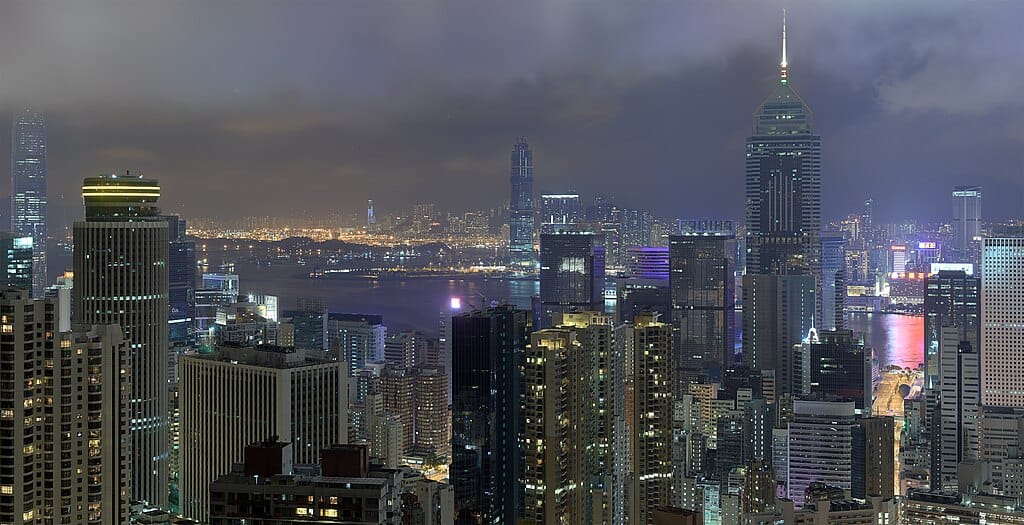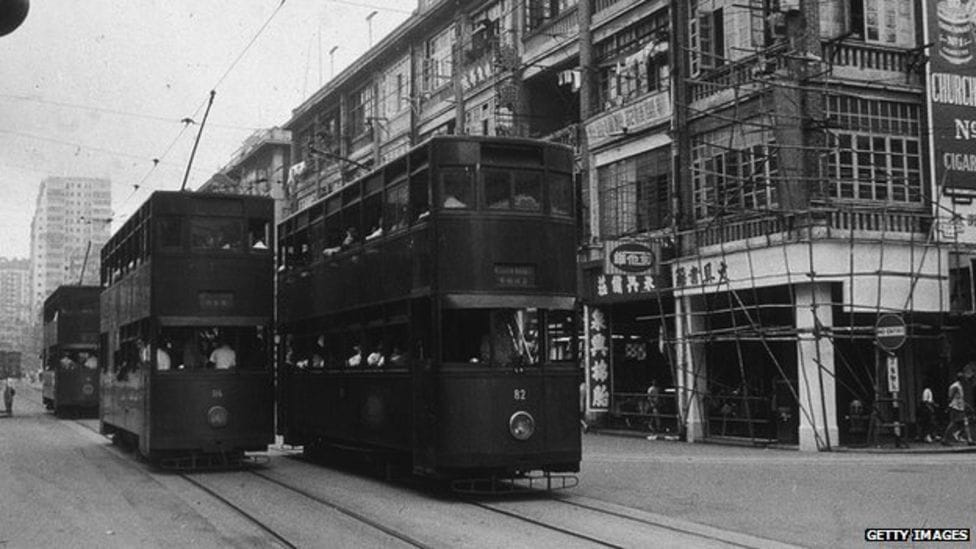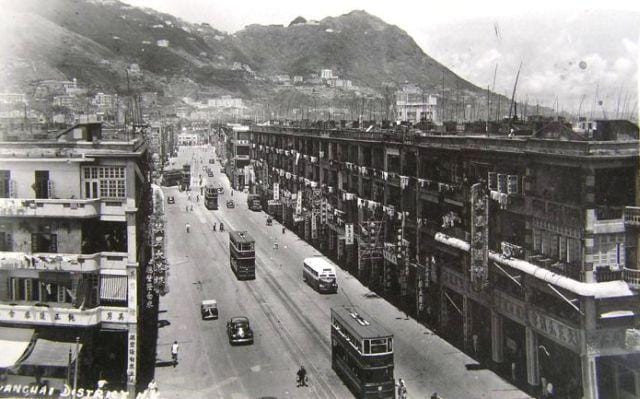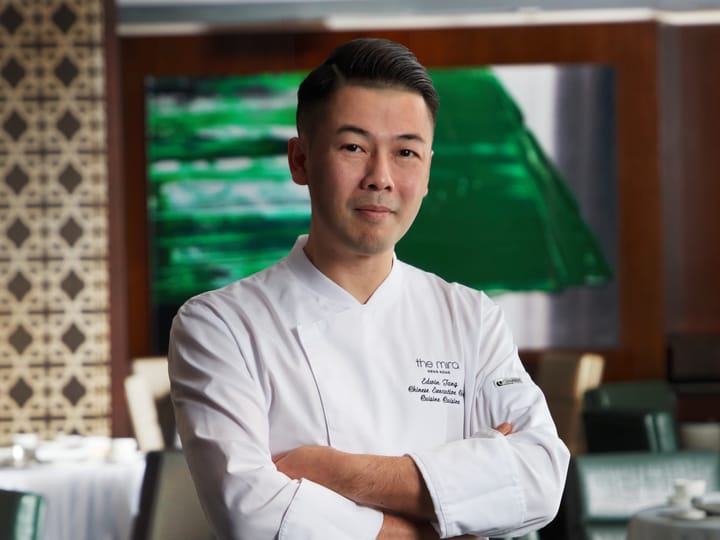All about the history of Hong Kong’s Wan Chai
Once a haven for the British and later an industrial hotspot, Wan Chai has undergone its fair share of changes.

A few minutes every morning is all you need.
Stay up to date on the world's Headlines and Human Stories. It's fun, it's factual, it's fluff-free.
Once a haven for the British and later an industrial hotspot, Wan Chai has undergone its fair share of changes. Today, it's a bustling commercial hub filled with offices, parks and hotels, boasting landmarks like the Hong Kong Convention and Exhibition Centre. But don't be fooled by its urban exterior – Wan Chai's rich heritage still shines through, with historic buildings and hidden temples scattered throughout the district. Amid the nightlife and neon lights, it's a place where tradition meets trendiness, offering a mix of nostalgia and innovation. Let's delve into Wan Chai's past and unlock the mysteries of this captivating district.
Colonial era impact

Wan Chai (灣仔) wears its history like a badge of honor, with remnants of its past scattered amid modernity. It was one of the first areas settled by the British in the 1840s. In the 19th century, British merchant Lancelot Dent recognized Wan Chai's potential and established his business there. With its strategic location and ample land nearby, Wan Chai became Dent's ideal base, complete with his opulent mansion on Spring Garden Street, drawing in a diverse crowd of foreigners. Dent's mansion and the surrounding area, known as Spring Gardens, became a popular residential and commercial spot for expatriates. But, as fate would have it, Dent's fortunes took a downturn in 1867, leading to the decline of Spring Gardens and opening the door for the local Chinese community to settle and thrive in Wan Chai.
Second Sino-Japanese War era impact
Once a lively hub of fishermen and traders, Wan Chai found itself thrust into the chaos of the Second Sino-Japanese War, which began in 1937. In the early 1940s, relentless bombardments and grim realities like cannibalism and child labor gripped the district. Yet, tales of survival emerged even as the war raged on, and Wan Chai's resilience shone through. Despite the closure of schools like the Dunmei School during the Japanese occupation, the community persevered. The cultural fabric of Wan Chai remained intact despite the war's disruptions. Traditional practices, festivals and community events continued to be celebrated, preserving the district's rich heritage. After the war, Wan Chai's spirit endured, with schools like Dunmei continuing to provide education to children from affluent families.
Post-war development era

In the 1950s, Wan Chai was a hotbed of intrigue as the pro-Communist underground network, Hailiushe (海流社), set up camp atop a multi-story house on Spring Garden Lane. The presence of this clandestine group added a layer of suspense to the district's history, culminating in dramatic raids by the Hong Kong police. These events highlighted the political tensions and underground activities that were part of Wan Chai's mid-20th-century narrative. Fast forward to the swinging '60s, Wan Chai transformed into the nightlife capital of Hong Kong, attracting US servicemen on R&R (rest and recuperation) during the Vietnam War. The district's neon-lit streets, bustling bars and thriving sex industry became synonymous with entertainment and escapism.
Despite the winds of change blowing through Wan Chai's landscape, the presence of sex workers remained a distinctive feature, immortalized in films like "The World of Suzie Wong." Meanwhile, post-war urban planning in Hong Kong faced its own set of challenges, including limited financial resources and global instability. Yet, strategic planning breathed new life into Wan Chai, shaping it into a vibrant hub that seamlessly blended tradition with modernity.
Modern Wan Chai
Today, Wan Chai is a vibrant tapestry of modernity and tradition, where sleek skyscrapers stand side by side with historic temples, and bustling markets buzz with activity against the backdrop of neon-lit streets. Once a quiet fishing village nestled along the shores of Victoria Harbour, Wan Chai has undergone a remarkable transformation over the years. The heart of Wan Chai's nightlife, Lockhart Road is famous for its bars, clubs and eateries with 24-hour licenses. It's a bustling strip where vibrant nightlife dances into the early hours, making it a hub for both locals and tourists. The district has seen a surge of gentrification, with older buildings making way for sleek high-rises that symbolize Wan Chai's modern transformation. But some older buildings have stood the test of time, preserving the district's historical charm and adding character to the urban environment.
Wander south of Hennessy Road, and you'll encounter a serene village vibe where luxury residences, chic cafes and gourmet dining spots coexist peacefully. Wan Chai is also a cultural hotbed, home to renowned institutions like the Hong Kong Academy for Performing Arts and the Hong Kong Arts Centre. So, whether you're exploring traditional markets, sipping cocktails at trendy lounges or snapping pics for the 'gram, Wan Chai offers a dynamic blend of history, culture and modernity that's sure to captivate any visitor.




Comments ()